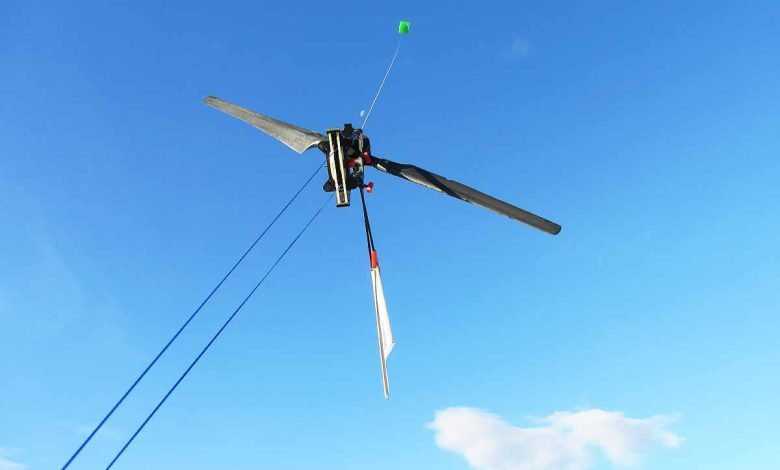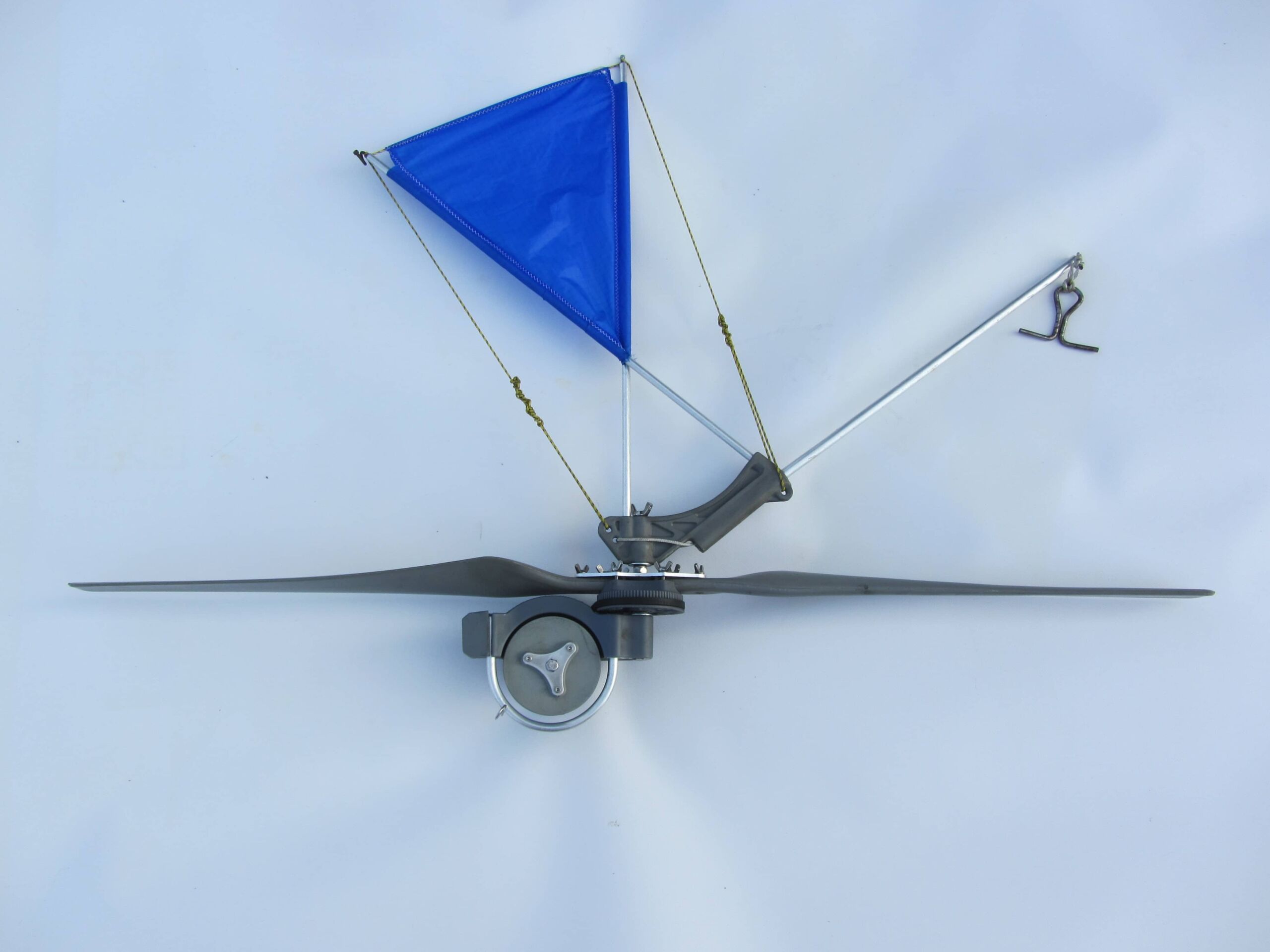For those who love camping holidays, the availability of electricity is not a trivial matter. GPS, smartphones, flashlights and/or electric stoves: most of our devices require charging. Every now and then some "nomadic" and portable solution based on wind power emerges, and little by little you get the feeling that sooner or later there will be a valid product. Wind power is an option to consider, for a very simple detail: the wind blows both at night and during the day.
In 2019 the start-up Kitewinder introduced an innovative flying wind turbine called Kiwee, thanks to the funds raised through crowdfunding. A few presentations, then the Covid nightmare literally buried this news, which is now back in vogue for a new version of the device. In less critical times (at least on a health level) it is worth taking a look at it.

Kiwee, a small nomadic turbine that flies and powers gadgets
Let's start by saying that the idea itself is nothing new. Last April I told you about Kitecraft, a sort of “high altitude wind kite”. Last month, however, we got to know AIR-W, a sort of “mini foldable wind farm” to exploit wind energy everywhere. Here: if we put these two technologies together, the Kiwee emerges: a small wind-powered kite for the outdoors.
Lightweight and foldable, the nomadic device weighs just 5 pounds and assembles in just 5 minutes without any skills. It is suitable not only for campers, but also for remote places that do not have access to electricity via conventional networks. All you need is to have a tree, or a tow hook handy: there you fix the system and start collecting energy. When Kiwee is lifted into the air, his propellers fire between 100 and 250 watts of energy depending on wind speed, allowing you to charge small devices or provide lighting. It can resist winds of 90 km/h and works even in difficult conditions such as sand, dust and frost. The energy produced can be used immediately or stored in a battery for later use. Please watch the video first.
Nothing fancy, but
Some other data about Kiwee, to anticipate readers' likely questions. It weighs approximately 10kg, the output power ranges from 100W at 28km/h up to 400W at 50km/h. Its flight altitude ranges from 30 to 60 meters, depending on the wind speed. The diameter of the propeller is one meter round, while its internal batteries are Li-ion, 10 S, 40 V, 2200 mAh, 80 Wh. If you need more information, however, you can find it on the manufacturer's website which is not nomadic but is nice and stable on the web.
To finish the reflection started at the beginning of this post, there is no big news. However, there are repeated attempts, which show us a tendency: that of resorting more and more to practical solutions, even small ones, with renewable energy as our guiding star: and this, if you will, is an encouraging sign in difficult times.


